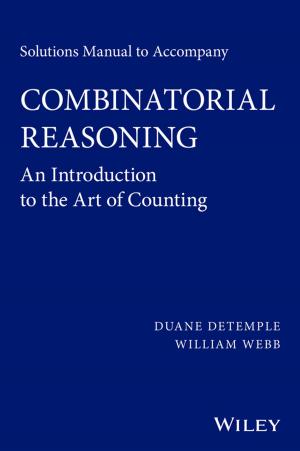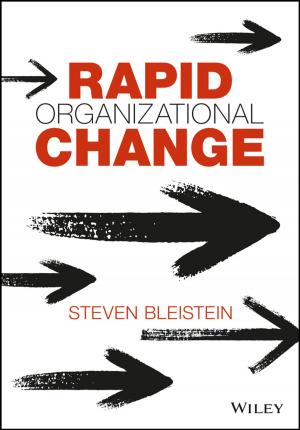Religion and Immigration
Migrant Faiths in North America and Western Europe
Nonfiction, Social & Cultural Studies, Social Science, Sociology, Marriage & Family| Author: | Peter Kivisto | ISBN: | 9780745686660 |
| Publisher: | Wiley | Publication: | October 16, 2014 |
| Imprint: | Polity | Language: | English |
| Author: | Peter Kivisto |
| ISBN: | 9780745686660 |
| Publisher: | Wiley |
| Publication: | October 16, 2014 |
| Imprint: | Polity |
| Language: | English |
This concise book provides readers with a comprehensive overview and critical assessment of the key issues and varied strands of research relating to immigration and religion that have been produced during the past two decades.
Religion, once a neglected topic in migration studies, is today seen as a crucially important aspect of the immigrant experience. For some - particularly those focusing on religion in North America - religion has been portrayed as a vital resource for many immigrants engaged in the essential identity work required in adjusting to the receiving society. For others - particularly those who have focused on Muslim immigrants in Western Europe - religion tends to be depicted as a source of conflict rather than one of comfort and consolation.
In a judicious, engaging, and highly readable account, this book sorts through these contrasting viewpoints, pointing to an approach that will assist upper-level students and scholars alike in putting these competing analyses into perspective.
This concise book provides readers with a comprehensive overview and critical assessment of the key issues and varied strands of research relating to immigration and religion that have been produced during the past two decades.
Religion, once a neglected topic in migration studies, is today seen as a crucially important aspect of the immigrant experience. For some - particularly those focusing on religion in North America - religion has been portrayed as a vital resource for many immigrants engaged in the essential identity work required in adjusting to the receiving society. For others - particularly those who have focused on Muslim immigrants in Western Europe - religion tends to be depicted as a source of conflict rather than one of comfort and consolation.
In a judicious, engaging, and highly readable account, this book sorts through these contrasting viewpoints, pointing to an approach that will assist upper-level students and scholars alike in putting these competing analyses into perspective.















